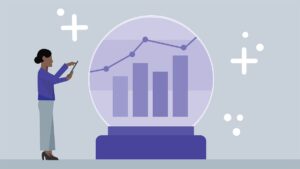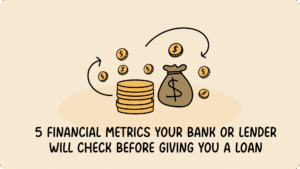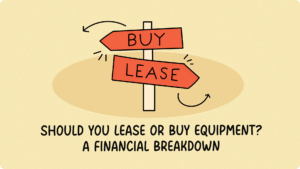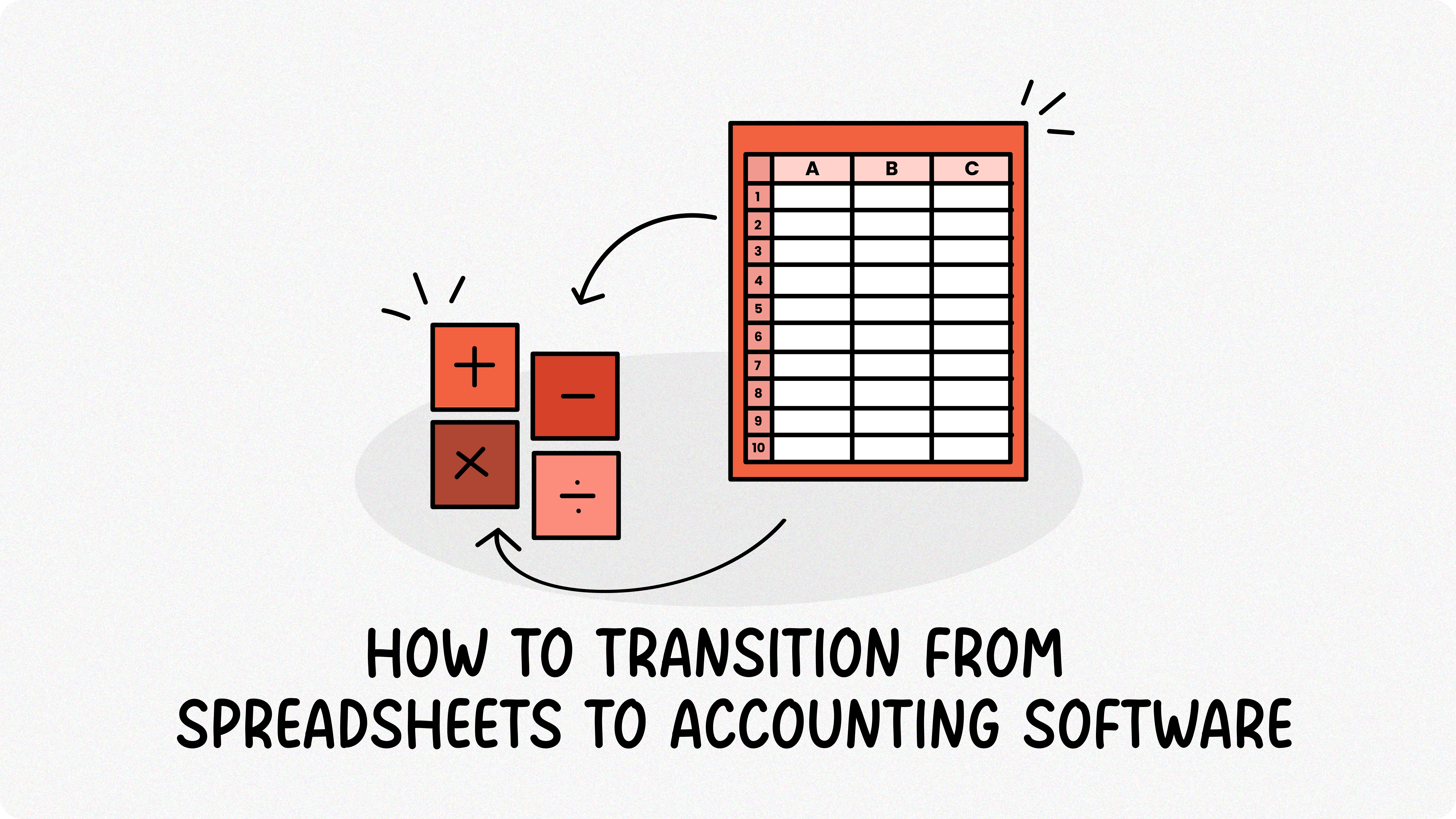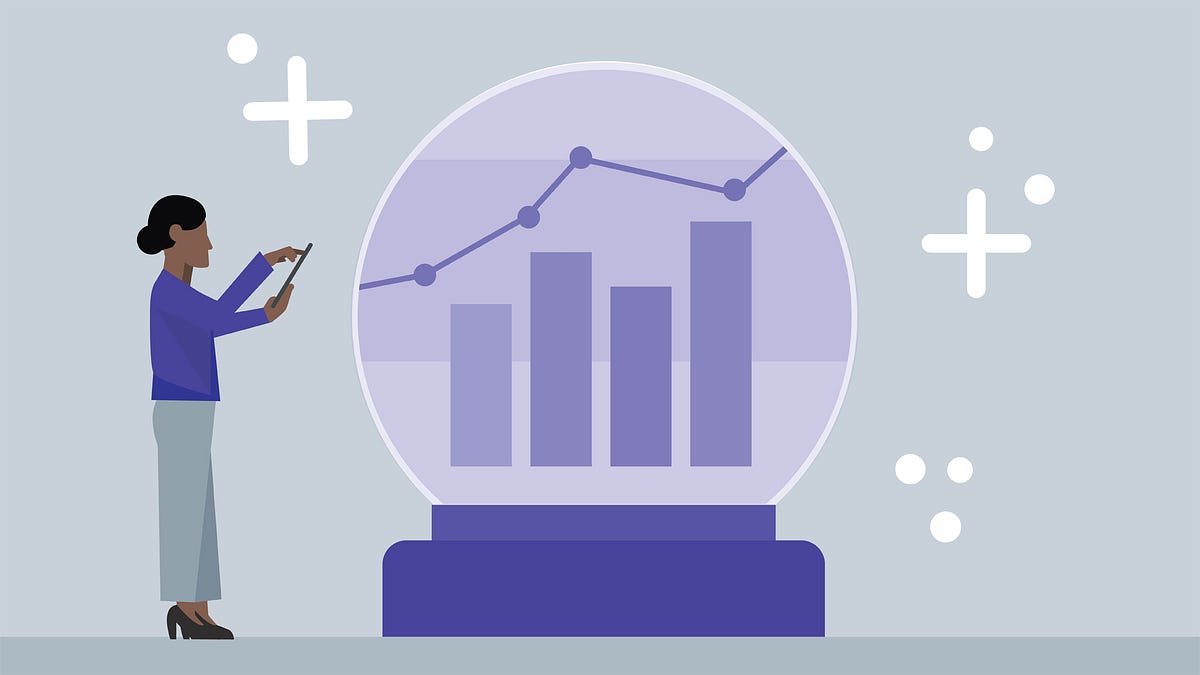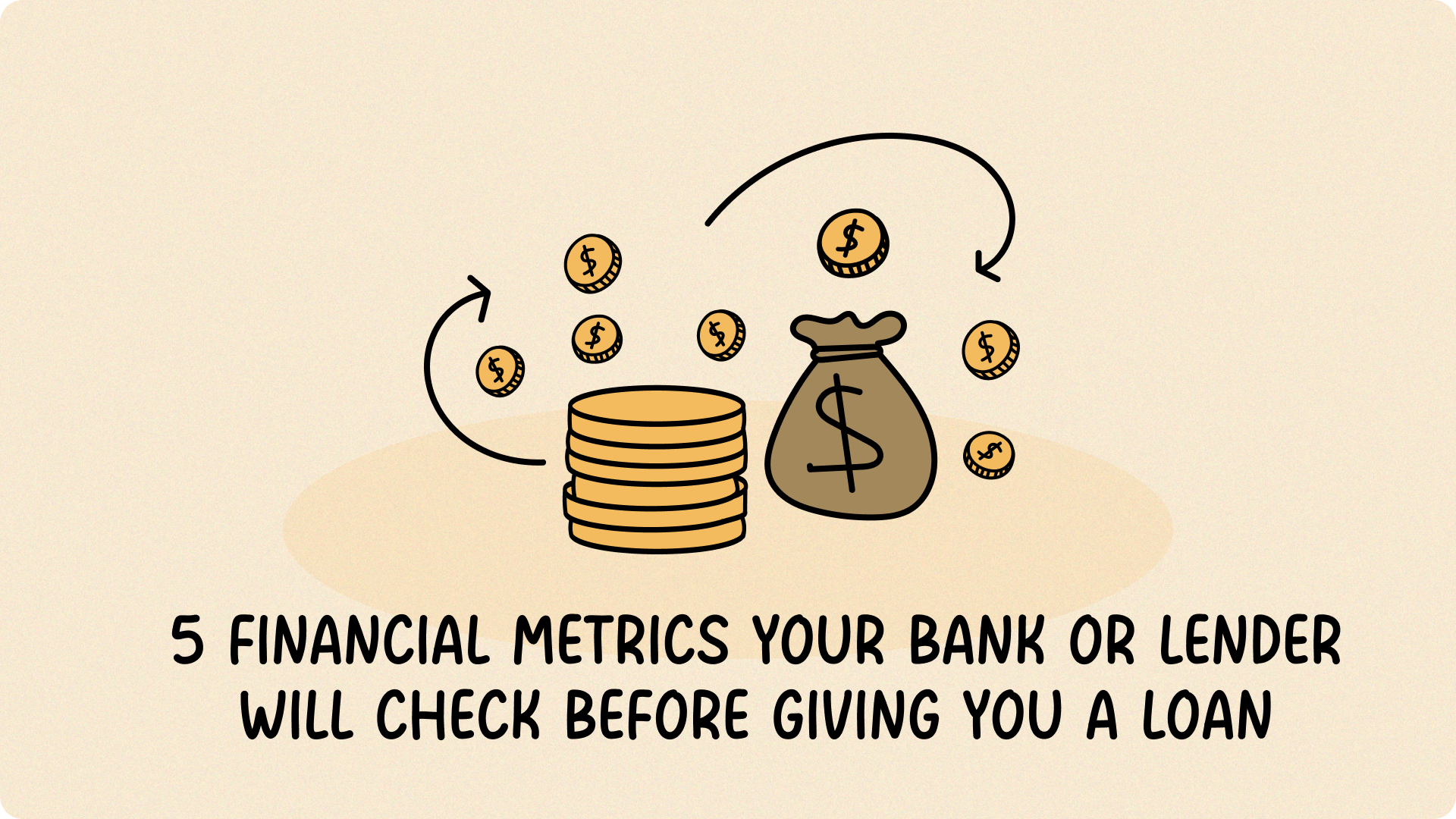In the early days of your business, a spreadsheet is often the perfect way to track your first few invoices and expenses. But as your business grows, that once-simple spreadsheet can start to feel less like a helpful tool and more like a liability. The manual data entry becomes a time-sink, the risk of a broken formula looms large, and you have no real-time view of your financial health.
If this sounds familiar, you’re not alone. You’ve just hit a growth milestone—the point where your business is ready for a system that’s as professional as you are. And the data shows why this is so important: a recent study found that 94% of spreadsheets contain critical errors. A single typo can lead to flawed financial data, impacting everything from your budget to your tax filings.
Making the switch to accounting software can feel like a daunting task, but it doesn’t have to be. This guide will walk you through a clear, stress-free process to make the transition seamless.
Table of Contents
- Step 1: Acknowledge It’s Time for a Change
- Step 2: Choose the Right Software for Your Needs
- Step 3: Plan Your Migration (A Step-by-Step Guide)
- Step 4: Embrace the Benefits
- Make the Move to Financial Clarity
Step 1: Acknowledge It’s Time for a Change
The first step is recognizing that moving on from your spreadsheet isn’t a failure—it’s a sign of success. Your business has outgrown its starter tool. You’ve likely reached this point if you’re experiencing a few of these common growing pains:
- You spend hours each month manually entering and categorizing transactions.
- You lack confidence in your numbers and aren’t sure of your real-time cash flow.
- Preparing financial reports for a loan application or for your accountant is a chaotic, multi-day process.
- You’ve almost missed an invoice payment or a tax deadline because you couldn’t easily see what was due.
If you’re nodding along, it’s time to upgrade to a system that gives you clarity and your time back.
Step 2: Choose the Right Software for Your Needs
The goal is to find a platform that simplifies your life, not one that requires an accounting degree to operate. As you explore your options, look for a solution that prioritizes these key features:
- Easy Invoicing: Getting paid is the lifeblood of your business. Your software should make it simple to create and send professional, polished invoices in minutes, not hours. Look for features that let you track the status of an invoice (sent, viewed, paid) and streamline the entire process from creation to payment.
- An All-in-One Hub: Look for a platform that combines invoicing, expense management, and financial reporting in one place. This creates a single source of truth for your finances.
- An Intuitive Interface: The software should be clean, user-friendly, and easy to navigate. You should be able to find what you need without getting lost in menus.
- Scalability: Choose a platform that can grow with your business, whether that means handling more clients, more transactions, or more complex reporting down the line.
- Cloud-Based Access: A cloud-based platform means you can access your financial data securely from anywhere, on any device. ts.
Step 3: Plan Your Migration (A Step-by-Step Guide)
A little bit of planning makes the actual transition smooth and stress-free. Don’t try to do everything at once; follow these simple steps.
A. Pick a Clean Start Date
The easiest way to make a clean break is to start at the beginning of a fresh accounting period. A new month or quarter is ideal. This means you can close out the previous period in your old spreadsheet and start the new one fresh in your new software.
B. Gather Your Key Documents
Before you begin, have your essential financial information ready. This includes:
- Your final, up-to-date spreadsheet.
- Bank and credit card statements from the previous month.
- A list of any unpaid invoices (accounts receivable).
- A list of any outstanding bills you owe (accounts payable).
C. Organize and Clean Your Existing Data
Before importing your spreadsheet data, take a little time to clean it up. This step is crucial for a smooth migration and gives you a fresh, accurate starting point in your new system. Be sure to:
- Remove any duplicate entries.
- Correct formatting issues and ensure consistency.
- Double-check formulas and totals one last time.
D. Set Up Your New System
This is the foundational work. Once you’re in your new software, the first steps are usually to:
- Connect your bank accounts securely for transaction imports.
- Customize your Chart of Accounts with the income and expense categories that fit your business.
- Brand your invoices with your logo and set up your default payment terms.
E. Input Your Opening Balances
This is a critical step. For your new software to be accurate from day one, you need to tell it where your business stands financially. This means entering the closing balance from your bank account on your start date, as well as any outstanding invoices and bills you gathered in step B.
F. Run in Parallel for One Month (Optional)
If you’re feeling nervous, you can run both systems for a single month. Keep using your spreadsheet while the software works in the background. At the end of the month, you can compare the two. This will build your confidence and prove that the new system is working correctly before you say goodbye to your spreadsheet for good.
Step 4: Embrace the Benefits
Once you’ve made the switch, you’ll quickly start to feel the benefits. That sense of nagging uncertainty will be replaced by clarity. The hours you used to spend on tedious data entry can now be spent on growing your business. You’ll be able to create a professional Profit & Loss statement in a few clicks, see exactly who owes you money, and head into tax season feeling organized and prepared.
Make the Move to Financial Clarity
Making a change to your financial workflow can feel like a big step, but it’s one of the most powerful moves you can make for your business’s health and your own peace of mind. It’s an investment in efficiency, accuracy, and your future growth.
Curious how this could look for your business? Schedule a free call with our team—we’ll walk you through it. Or jump in now and explore Fynlo for free. No credit card required.
You may also like these articles:

